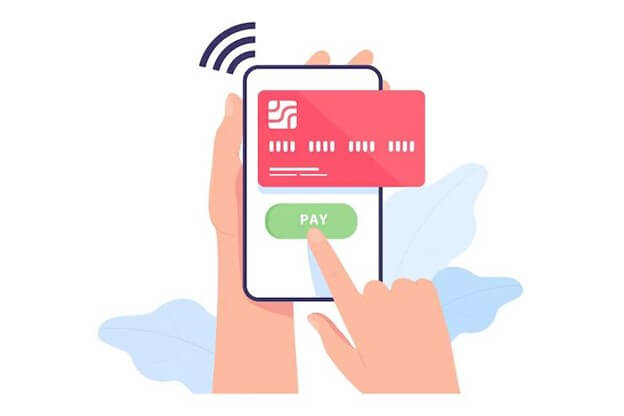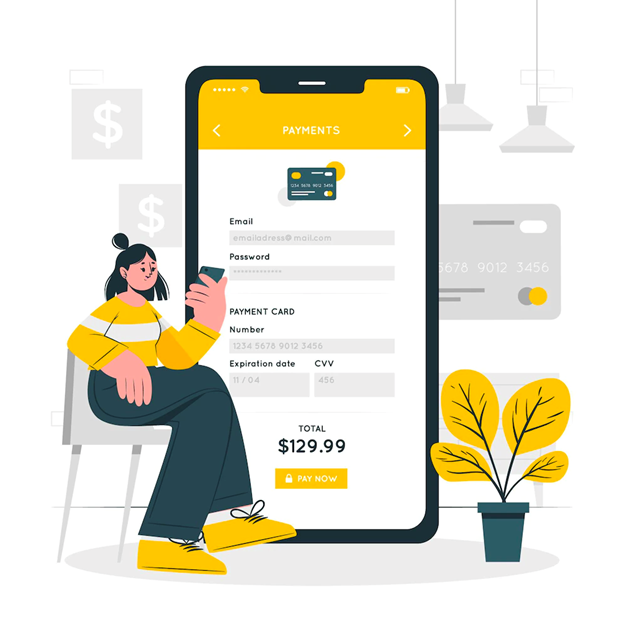How do Payment Gateways Differ from Payment Orchestrators

In the world of online payments, businesses have a choice between using payment gateways or payment orchestrators. While both facilitate the transfer of funds from customers to merchants, there is a key difference between payment processing and payment orchestration. A payment gateway primarily focuses on payment processing, while payment orchestrators offer a broader range of payment-related services and integrations. In this article, we will explore the differences between payment gateways and payment orchestrators, how they work, and which one might best fit your business needs.
What are Payment Gateways?
Payment gateways are a critical component of the online payment ecosystem, allowing businesses to accept electronic payments securely and efficiently from customers. Essentially, a payment gateway acts as a digital point of sale, allowing customers to make payments using their credit or debit cards or other payment methods.
When a customer initiates a payment on an e-commerce website, the payment gateway encrypts the payment information and sends it to the payment processor, which then verifies the payment details and sends them to the customer’s bank for approval. Once the bank approves the payment, the funds are transferred from the customer’s account to the merchant’s account, and the transaction is complete.
Payment gateways offer several important features to ensure payments are processed securely and efficiently. One of the primary functions of a payment gateway is fraud detection. Payment gateways use sophisticated algorithms and machine-learning techniques to analyze transaction data and identify patterns that may indicate fraudulent activity. This helps to protect both merchants and customers from fraudulent transactions.
Payment gateways can automatically convert payments made in foreign currencies into the merchant’s local currency, making it easy for businesses to accept payments from customers all over the world. They are also capable of executing chargebacks. A chargeback occurs when a customer disputes a transaction, often because he/she did not receive the expected product or service. Payment gateways can help merchants manage chargebacks by providing tools for tracking and resolving disputes.
How Do Payment Gateways Work?
When a customer makes a payment online, the payment gateway acts as the intermediary between the customer, the merchant, and the payment processor. Here’s how it works:
- Customer Initiates Payment: The customer selects the products or services and proceeds to checkout.
- Payment Information: The customer enters the payment information, including the credit/debit card number and billing address, into the payment gateway’s secure web form.
- Encryption and Data: The payment gateway encrypts the payment information and sends it securely to the payment processor.
- Transaction Authorization: The payment processor verifies that the customer’s payment information is valid and that the person has sufficient funds to make the purchase.
- Transaction Processed: The payment processor sends an authorization code back to the payment gateway, indicating that the transaction has been approved.
- Transaction Complete: The payment gateway completes the transaction by sending the authorization code to the merchant and debiting the payment from the customer’s account.
What are Payment Orchestrators?
Payment orchestrators are comprehensive payment solutions that go beyond just facilitating funds transfer and include a wide range of payment-related services. They are designed to help businesses manage all aspects of their payment processing operations in a streamlined and efficient manner.
One of the key features of payment orchestrators is subscription management. Many businesses operate on a subscription-based model, and payment orchestrators make managing recurring payments and subscriptions easy. This includes features such as automated billing and payment reminders, as well as tools for managing customer data and subscription plans.
Payment orchestrators can automate the invoice creation process, making it easy for businesses to send invoices to customers and track payments. This helps reduce errors and streamline the payment processing workflow. Dispute resolution is another key feature of payment orchestrators. Disputes can stem from several reasons, such as billing errors or product/service disputes. Payment orchestrators can help businesses manage these disputes by providing tools for tracking and resolving disputes, as well as features for issuing refunds or credits.
Additionally, payment orchestrators often offer a wide range of integrations with other systems, such as accounting software, customer relationship management (CRM) tools, and e-commerce platforms. This makes it easy for businesses to manage all aspects of their payment processing operations in a single, centralized platform.
How Payment Orchestrators Work
Payment orchestrators work in a similar way to payment gateways but with additional features and functionality. Here’s how it works:
- Customer Initiates Payment: The customer selects the products or services he/she wants to purchase and proceeds to checkout.
- Payment Information is Entered: The customer enters the payment information, including the credit or debit card number and billing address.
- Data Encryption: The payment orchestrator encrypts the payment information; it is then sent to the payment processor.
- Transaction Authorized: The payment processor verifies that the customer’s payment information is valid and whether the person has the requisite funds to go ahead with the purchase.
- Authorization Recall: The payment processor sends an authorization code to the payment orchestrator. This indicates that the transaction has been duly authorized.
- Transaction Complete: The payment orchestrator completes the transaction by sending the authorization code to the merchant and debiting the funds from the customer’s account. In addition, the payment orchestrator may also perform additional tasks, such as generating invoices, managing subscriptions, and providing dispute resolution services.
Difference Between Payment Gateways and Payment Orchestrators
While payment gateways and payment orchestrators are both important components of the online payment ecosystem, there are some key differences between the two. Some primary differences are listed below:
● Scope
Payment gateways are primarily focused on facilitating the transfer of funds from the customer to the merchant. In contrast, payment orchestrators offer a broader range of payment-related services, including subscription management, invoice creation, and dispute resolution.
● Integration
Payment gateways typically offer limited integration options, focusing primarily on integrating with payment processors and other key systems. On the other hand, payment orchestrators often offer a wide range of integrations with other systems, such as accounting software, CRM tools, and e-commerce platforms.
● Customer Relationship
Payment gateways often have limited interaction with customers, as they are primarily focused on processing payments. Payment orchestrators, on the other hand, often provide tools for managing customer data and interacting with customers, such as through automated billing and payment reminders.
● Complexity
Payment gateways tend to be more straightforward than payment orchestrators, which can be more complex due to their broader range of features and integrations. As a result, payment gateways may be a better choice for smaller businesses or those with simpler payment processing needs. Payment orchestrators may be more suitable for larger companies with more complex payment processing requirements.
● Pricing
Payment gateway pricing typically consists of a per-transaction fee, while payment orchestrators may charge a monthly subscription fee or a percentage of sales revenue. Payment orchestrators may also charge additional fees for certain features, such as dispute resolution or subscription management.
Conclusion
Payment gateways and payment orchestrators are both essential tools for businesses looking to accept payments online. But understanding the difference between payment orchestrators vs payment gateways is essential. Both offer different levels of functionality and integration. Payment gateways are ideal for businesses that only require basic payment processing services, while payment orchestrators are better suited for businesses that need a more comprehensive set of payment-related services. Choosing between payment gateways and payment orchestrators will ultimately depend on a business’s needs and priorities.








 Conrad is a professional blogger, content maker, and freelance writer. He has written many great and valuable posts on a variety of topics. Conrad loves outdoor activities. He believes the fresh air brings him inspiration for new ideas.
Conrad is a professional blogger, content maker, and freelance writer. He has written many great and valuable posts on a variety of topics. Conrad loves outdoor activities. He believes the fresh air brings him inspiration for new ideas.